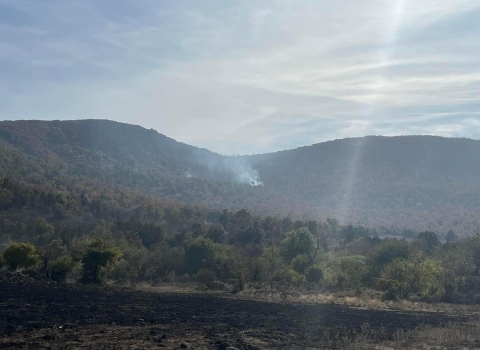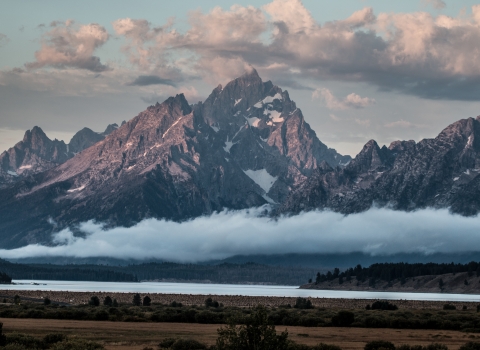In 1979 with fewer than 200 plants known to exist, the Tobusch fishhook cactus was thought to be almost extinct. Thanks to the hard work and dedication of multiple partners including the Texas Parks and Wildlife Department, Texas Department of Transportation, Texas Land Conservancy, Lady Bird Johnson Wildflower Center, The Nature Conservancy and central Texas landowners, today more than 3,300 cactuses are known to exist at 105 sites across the Edwards Plateau area of Texas. As a result, the U.S. Fish and Wildlife Service is downlisting the cactus from endangered to threatened under the Endangered Species Act (ESA).
“While the Tobusch fishhook cactus isn’t completely out of the woods yet, the signs are very encouraging,” said Amy Lueders, the Service’s Southwest Regional Director. “Today’s decision to downlist the cactus is a victory for the collaborative model of conservation that engages states, private landowners and conservation groups to play a central role in a species’ recovery.”
"Due to the combined efforts of scientists, agencies, consultants, and non-profits over 39 years, new previously undetected populations of Tobusch fishhook cactus have been documented, which has led to the successful downlisting of this species under the ESA from endangered to threatened,” said Carter Smith, Executive Director for Texas Parks and Wildlife Department. “TPWD supports the downlisting of Tobusch fishhook cactus and will continue to work towards the ultimate delisting of this species."
The Tobusch fishhook cactus, a small cactus armed with curved “fishhook” spines, is known to exist only on the Edwards Plateau of west-central Texas. Following the listing of the cactus under the ESA in 1979, existing populations were protected and extensive research was conducted to better determine its range and population size. The Tobusch fishhook cactus is now known to exist in eight central Texas counties: Bandera, Edwards, Kerr, Kimble, Kinney, Real, Uvalde and Val Verde. We estimate there are about five million acres of potential habitat for the cactus in these and several adjacent counties.
The Texas Parks and Wildlife Department protects eight populations of the cactus on state lands. The Nature Conservancy manages two preserves for the cactus, and the Texas Land Conservancy manages an additional preserve. The Texas Department of Transportation is monitoring populations on several highway rights-of-way, and through the Service’s Partners for Fish and Wildlife
Program, private landowners are helping to conserve the species. Additionally, the Lady Bird Johnson Wildflower Center administers a grant program to support research and conservation of this rare cactus and this effort has led to better science. The Wildflower Center also maintains a nursery of Tobusch fishhook cactus plants that were salvaged from development sites and will be used to restore wild populations in protected sites.
While many additional populations have been identified, the species still faces a number of threats, including: reduced frequency of wildfire resulting in increased density and competition from juniper trees, parasite infestation, illegal collection, consumption by feral hogs, and the consequences of small population sizes. Additionally, it is unclear what impact the subdivision of large livestock ranches into many small properties for residential and recreational uses will have on the species.
Native plants are vital for their ecological, economic and aesthetic values. Plants play an important role in development of crops that resist disease, insects and drought. At least 25 percent of prescription drugs contain ingredients derived from plant compounds, including medicine to treat cancer, heart disease, juvenile leukemia and malaria, and to assist in organ transplants. Plants are also used to develop natural pesticides.
America’s fish, wildlife and plant resources belong to all of us, and ensuring the health of imperiled species is a shared responsibility. The Service is actively engaged with conservation partners and the public in the search for improved and innovative ways to conserve and recover imperiled species. To learn more about the Endangered Species program, go to http://www.fws.gov/endangered/.


